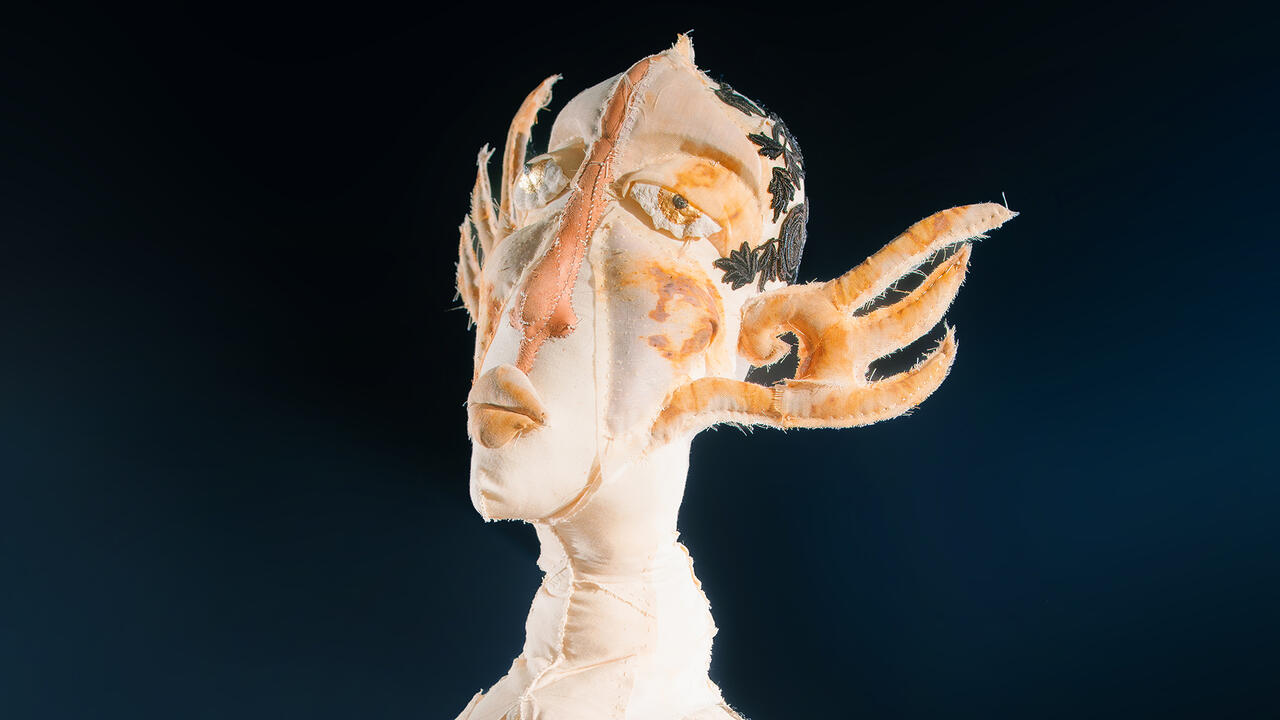Secret Séances and High Masters: The Making of Mystic Painter Hilma af Klint
On the eve of her Guggenheim retrospective, a new book of esoteric drawings reveals the spiritualism behind Europe’s first abstract artist
On the eve of her Guggenheim retrospective, a new book of esoteric drawings reveals the spiritualism behind Europe’s first abstract artist

In 1896, a group of women called The Five gathered in Stockholm for a religious meeting. As part of their spiritual routine, the women prayed, meditated, recited Christian sermons and studied the New Testament together before finally settling down to conduct a séance. Taking turns serving in the role of medium, they then drew the images received from a collection of spirits known as the High Masters. These sessions, whose messages were meticulously documented in a series of sketchbooks, were convened regularly for a decade. Of The Five – which included Anna Cassel, Cornelia Cedarburg, Sigrid Hedman and Mathilda Nilsson – only one, Hilma af Klint, went on to receive a spiritual instruction of much greater magnitude. In 1905, she was instructed to create the 193 large-scale abstract paintings that would comprise her series ‘The Paintings for the Temple’ (1906-1915), and which, in speaking the language of angels, broke all the rules of art.

Hilma af Klint: Notes and Methods, a new book published by University of Chicago Press, reproduces a segment of the artist’s notebooks to provide a glimpse into her enigmatic process. In recent years, with exhibitions at Stockholm’s Moderna Museet and now the Solomon R. Guggenheim Museum in New York, af Klint’s oeuvre has undergone a critical rehabilitation. As often occurs in times of social change, her narrative has been redrafted to suit the urgencies of the present (think of the second-wave reclamation of Artemisia Gentileschi or Georgia O’Keeffe). With af Klint, European abstract art – long considered to have begun with Wassily Kandinsky in the winter of 1911 – now has a female progenitor.
Yet while Kandinsky proceeded to work his abstract experiments into a new theory of art, af Klint’s foremost allegiance was to the sacred. As Moderna Museet’s director Iris Müller-Westermann observes in the book’s introduction, painting and drawing was not ‘an end in itself’ for af Klint but ‘an ongoing method of investigation.’ Though formally trained, af Klint was less interested in aesthetic experience than the pursuit of knowledge itself, the articulation of a reality beneath the seen surface. A devotee of esoteric Christianity – particularly the anthroposophical movement led by Rudolph Steiner – af Klint viewed herself more as holy transcriptionist, a technician of the unknown. She stowed her strange, massive paintings (so big her friend Anna Cassel built her a new studio to contain them) in secrecy until she died, penniless and obscure, in 1944. They would not be shown to the public for another 20 years.

The publication of af Klint’s notebooks, representing only a fraction of her archive, reveal a scrupulous taxonomy of the occult. The notebooks are the products not of ecstasy but order. The forms found in The Five’s original pencil drawings, included in Notes and Methods, created the foundations of the pictorial language that af Klint would continue in ‘The Paintings for the Temple’. After finishing that masterwork in 1915, she devoted the rest of her life to making sense of it: annotating, editing and adding vast indices that could decode this new language delivered by the divine. A chief idea of Steiner’s philosophy was that the spirit world could be ontologically ratified through careful scientific investigation. In the notebooks, with this new set of symbols, af Klint assiduously describes the secret energies of atoms and plants. By this time, Müller-Westermann writes, she was no longer taking dictation from the High Masters but ‘receiving direction through her own etheric body.’

It seems the world is finally ready for Hilma af Klint, and the underlying message of empowerment her story conveys. During that period, women’s subject matter was circumscribed by the mundane, the domestic worlds of animals and flowers, to which they were forcibly confined. In operating as a medium, however, af Klint was able to work on a cosmic scale. Her rediscovery occurs alongside the popular rejuvenation of the witch as feminist icon. The witch, like af Klint, represents bodily and psychic independence – a figure in possession of secret knowledge gleaned outside the traditional structures of power. Like af Klint, the witch’s wisdom, expressed through incantations and herbs, is rooted in the natural world and in collaborations with other women. Why does af Klint speak to us in the present? Perhaps because she represents values – female, spiritual, ecological, collectivist – eroded by the rise of industrial modernity, values we desperately need to reclaim.
Loose slips of paper found in The Five’s notebooks, dated 16 September 1903, reveal the following message to an unknown recipient: ‘You are bewildered by what we have told you, but the phe-nomenon we are trying to explain is truly bewildering. What is this phenomenon, you ask? Well, beloved, it is the phenomenon of secret growing.’ It is an accurate prophecy for af Klint’s work, now after so many years in bloom.
Main image: Hilma af Klint, Group X, No. 1, Altarpiece, 1915, oil and metal leaf on canvas, 2.4 x 1.8 m. Courtesy: the Hilma af Klint Foundation, Stockholm; photograph: Albin Dahlström, the Moderna Museet, Stockholm




















